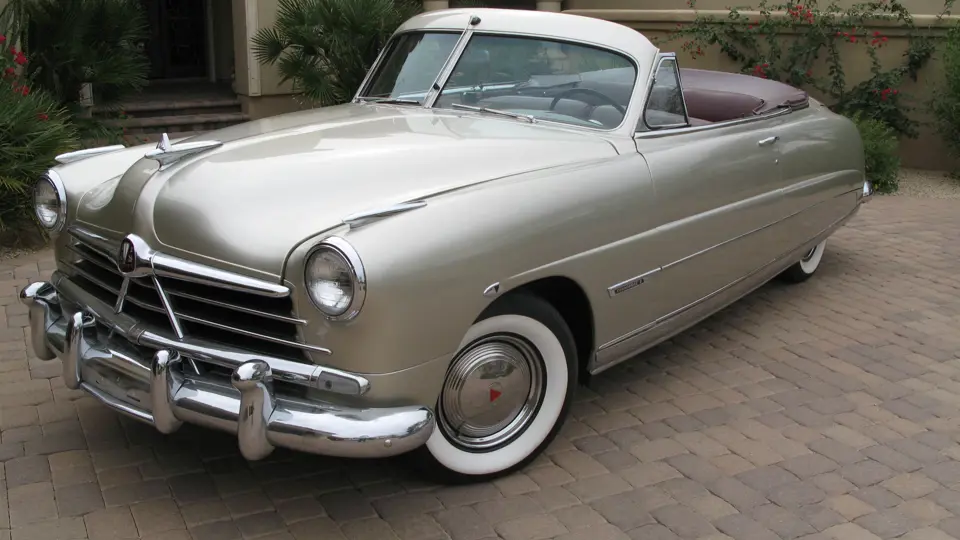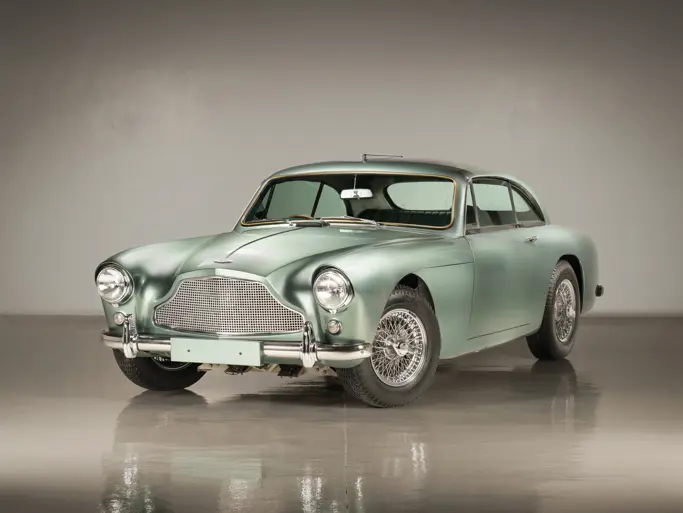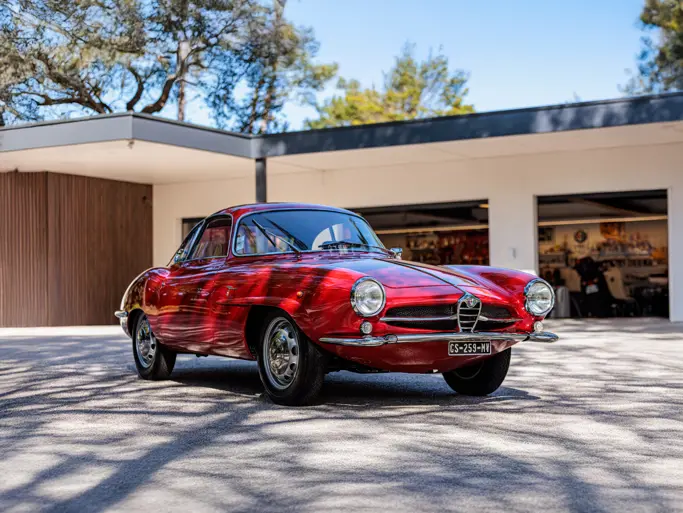123 hp, 262 cu. in. L-head six-cylinder engine, three-speed manual transmission with overdrive, independent front suspension with coil springs and unequal length A-arms, live rear axle with semi-elliptic leaf springs, and four-wheel hydraulic drum brakes. Wheelbase: 124"
• Frame-off restoration by a Hudson specialist
• Finished in champagne pearl silver with burgundy interior
• Only 750 miles since restoration
Hudson set the U.S. auto industry on its ear in 1948 with the introduction of the streamlined “step-down” range. One of the first cars to be advertised on television, the new model was only 60 inches high and its center of gravity correspondingly very low. The Pacemaker, Super and Commodore range was expanded to include the famous 308-cubic inch Hornet in 1951, which would dominate NASCAR so thoroughly (winning 40 of 48 stock car races in 1952) that it would eventually be banned. The basic shape of the step-down Hudsons endured for six years, until 1954, when the company merged with Nash to form American Motors.
Convertible Hudsons from this period are quite rare and unmistakable, with their deep header across the windshield designed to simplify the top mechanism. The car on offer is a frame-up restoration from a Hudson specialist. Painted champagne pearl silver, it is fitted with a maroon leather interior, a new top, boot and carpet. New floor pans were fitted and seam sealed, and the gas tank, fuel lines and sending unit were replaced.
The motor was completely rebuilt, mostly with NOS parts, as was the transmission (a three-speed unit with overdrive), clutch, suspension, steering and brakes. Wind-up windows were installed, all the interior wood grain was redone, and a new old stock speedometer and clock were sourced. All the chrome was re-plated, and the car was converted to 12-volt electrics, with new power top motor and pistons. The car rides on new three-inch Coker whitewall tires. This Commodore 6 has covered only 750 miles since its restoration. Surely many sunny days lie ahead for the new owner.



 | Phoenix, Arizona
| Phoenix, Arizona


